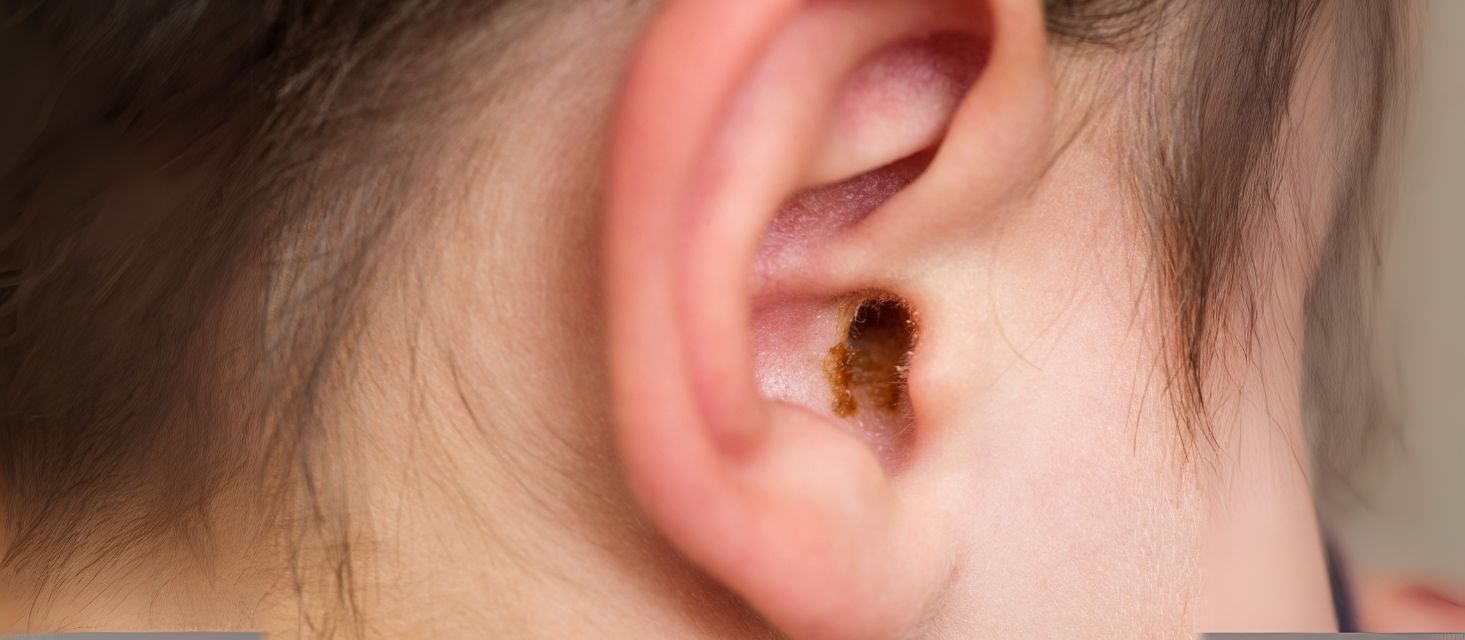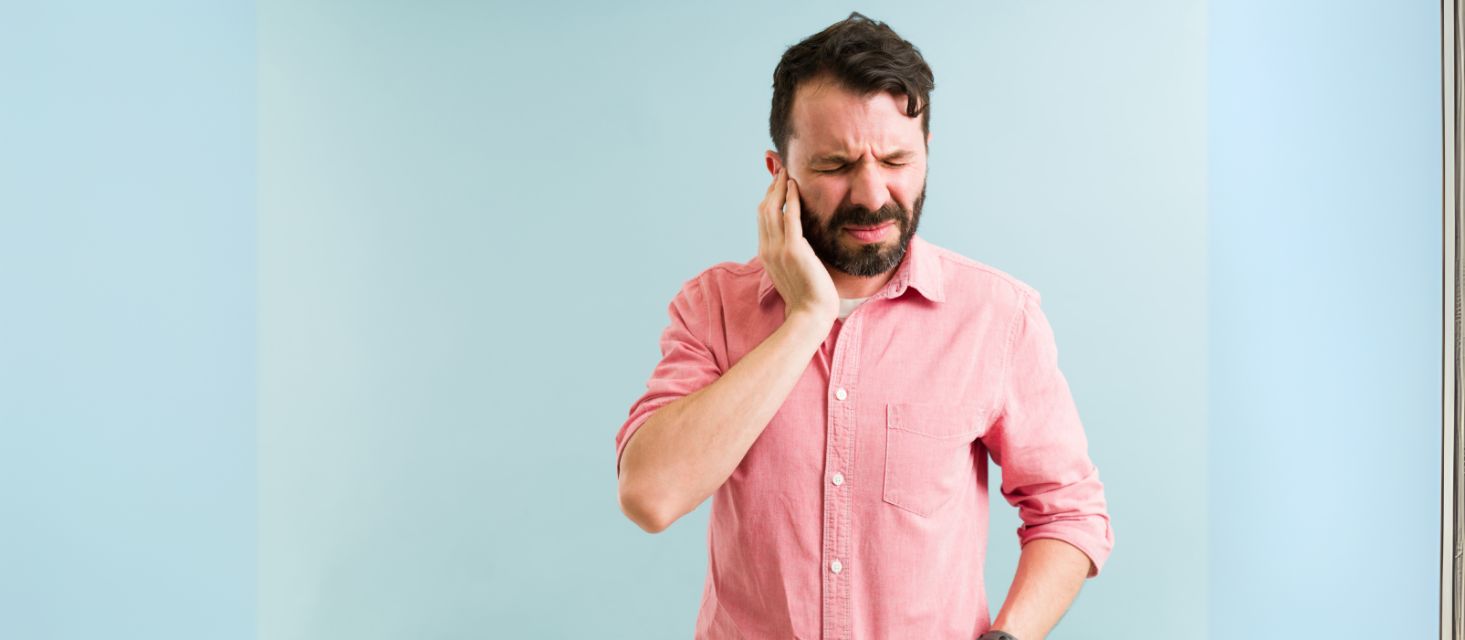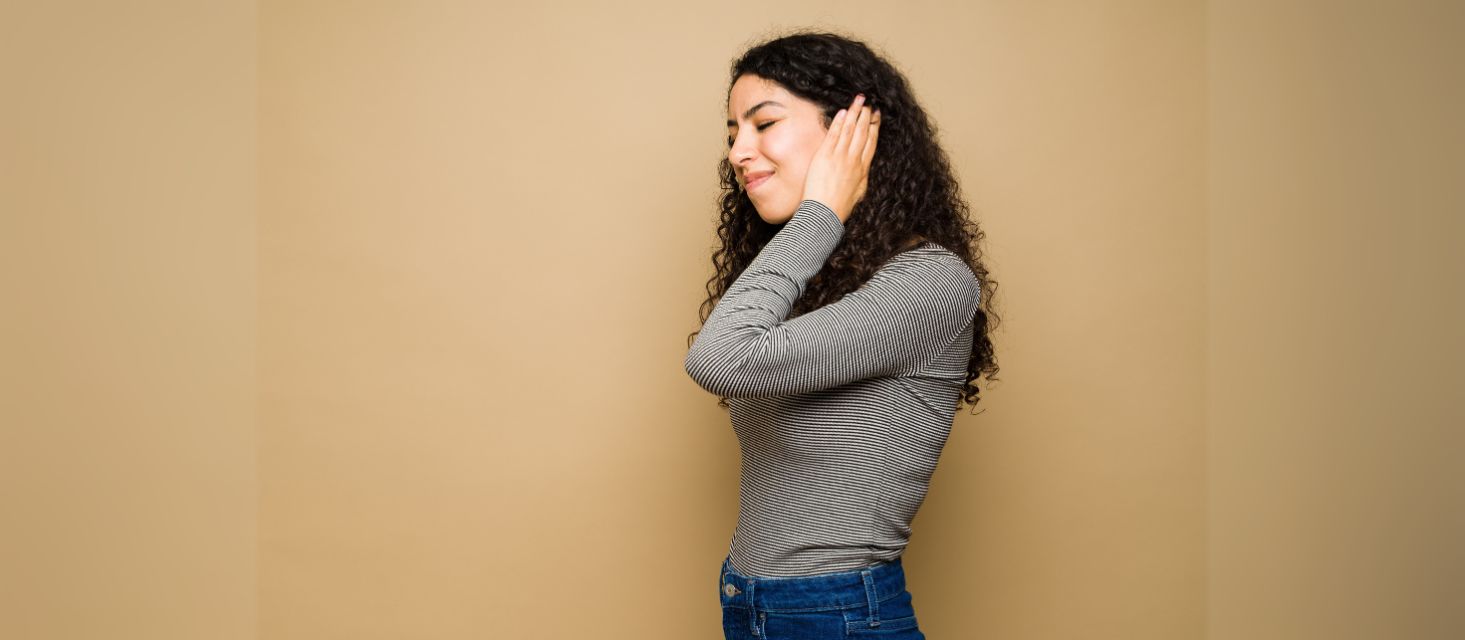Earwax, also called cerumen, is a natural substance produced in the ear canal. This waxy oil is made by glands in the outer ear canal to trap dirt, dead skin cells, and debris. Earwax protects the ear canal by keeping it clean and preventing infections. The sticky texture of earwax also helps reduce bacterial growth, safeguarding the delicate skin inside the ear. Although often misunderstood, earwax plays a vital role in maintaining ear health.
What Is Earwax Made Of?
Earwax is primarily composed of dead skin cells, hair follicles, and a waxy oil called cerumen, which is secreted by glands in the ear canal wall. It can be wet or dry, depending on genetic factors and personal health. Wet earwax is typically sticky and dark brown, while dry earwax is lighter and flaky. Both types provide the same protective benefits. The composition of earwax helps trap dirt and debris, preventing them from reaching deeper into the ear canals.
Functions of Earwax: Why Do We Have It?
Earwax is not just waste; it serves several important purposes. Studies show that earwax traps debris and dirt, creating a protective barrier that reduces infection risks in the ear canal. Earwax protects the ear canal by acting as a barrier against dirt and germs. It also lubricates the ear canal wall, preventing dryness and irritation. By trapping debris at the opening of the ear, earwax prevents harmful particles from entering deeper into the ear canals. Additionally, earwax creates a slightly acidic environment, which helps deter infections by slowing bacterial growth.
Types of Earwax: What Do the Colors and Textures Mean?
Earwax can vary in color, texture, and consistency, and these differences often provide clues about ear health. Understanding the types of earwax can help you identify what’s normal and when to seek medical advice. Here are the common types:
-
Light Yellow: Normal and healthy, especially common in children.
-
Dark Brown: May indicate exposure to dirt or excessive wax buildup.
-
Wet and Sticky: Offers better protection but may cause blockages if excessive.
-
Dry and Flaky: Common in certain genetic backgrounds, typically harmless.
-
Black or Bloody: Rare but could indicate an infection or injury—requires medical attention.
How Does the Body Naturally Handle Earwax?
The Earwax Migration Process
The body has a natural process to remove earwax. Movement of the jaw, such as chewing or talking, helps push earwax from the outer ear canal toward the opening of the ear. This self-cleaning mechanism allows excess wax to exit without intervention.
When the Process Goes Wrong
Sometimes, the natural process fails, leading to cerumen impaction or earwax blockage. This can cause partial hearing loss, ear pain, or plugged noises. In such cases, it’s important to consult a professional for safe removal, avoiding cotton swabs that can push wax deeper.
Symptoms and Issues Caused by Excess Earwax
Excessive earwax can lead to discomfort and other complications if left untreated. Recognizing the symptoms early can help you avoid more serious issues. Below are the most common symptoms caused by earwax buildup:
-
Hearing Loss: Partial or temporary loss of hearing due to wax blockage.
-
Ear Pain: A feeling of pressure or discomfort in the ear canal.
-
Plugged Noises: A sensation of fullness or muffled sounds.
-
Brief but Severe Dizziness: Can occur if wax buildup affects balance.
-
Ear Infection: Increased risk when excess wax traps bacteria in the ear canal.
Safe and Unsafe Methods for Earwax Removal
When it comes to removing earwax, it’s important to know which methods are safe and which could cause harm. Using improper techniques can lead to wax being pushed deeper or damage to the ear canal. Here's a helpful breakdown:
Safe Methods
-
Ear Drops: A few drops of baby oil, mineral oil, or commercial earwax removal drops.
-
Irrigation: Gentle use of body-temperature water by a healthcare provider.
-
Professional Cleaning: Suctioning or irrigation performed by an ENT specialist.
Unsafe Methods
-
Cotton Swabs: Can push wax deeper into the ear canal and cause blockages.
-
Ear Candles: Not effective and may lead to burns or other complications.
-
Sharp Objects: Risk of injury or damage to the delicate skin inside the ear.
When to See a Doctor for Earwax Problems
It’s important to seek medical attention if you experience severe dizziness, persistent ear pain, or hearing loss caused by wax buildup. A doctor, typically an otolaryngologist, can safely remove wax using suctioning or irrigation techniques. Hearing aid users or those with recent ear surgery should also consult a professional for regular ear care to prevent wax plugs or complications.
Common Myths About Earwax
One common myth is that earwax is dirty and should be removed frequently. In reality, earwax protects the ear canal and usually does not require manual removal. Another misconception is that ear candles are safe and effective. However, ear candling can lead to burns and does not remove wax. Lastly, many believe cotton swabs are safe for ear cleaning, but they often push wax deeper into the canal, increasing the risk of blockage.
Tips for Maintaining Healthy Ears
Keeping your ears healthy requires regular care and avoiding harmful habits. By following simple yet effective practices, you can reduce the risk of earwax buildup, infections, and hearing issues. Consider these essential tips:
-
Avoid Cotton Swabs: Use safe alternatives like ear drops to soften wax.
-
Protect Against Moisture: Gently dry ears with a cloth or paper tissue after bathing or swimming.
-
Soften Wax Naturally: Use a few drops of glycerin, mineral oil, or body-temperature water.
-
Schedule Check-Ups: Visit a healthcare provider regularly, especially if you wear hearing aids.
-
Avoid DIY Remedies: Steer clear of ear candles or inserting objects into the ear canal.
Wrapping It Up
Earwax, while often misunderstood, is an essential part of maintaining healthy ears. It protects the ear canal, prevents infections, and supports the body’s natural cleaning processes. Understanding its purpose, types, and safe removal methods can help you maintain ear health and avoid complications. If you experience symptoms of wax buildup or have concerns about ear health, consult a healthcare professional for guidance. By following safe practices and staying informed, you can keep your ears in optimal condition and prevent unnecessary issues.
FAQs
Is it good to remove ear wax?
Removing ear wax is only good when it causes discomfort, hearing loss, or wax blockage. The ears naturally clean themselves, so excessive cleaning isn't necessary. If removal is needed, use safe methods like glycerin, mineral oil, or water drops, and avoid harmful practices like inserting objects into your own ear.
Is wax in the ear harmful?
Wax in the ear is not harmful under normal circumstances. Ear wax protects the ear by trapping dirt and bacteria and preventing infections. However, excessive earwax or a wax blockage can cause issues like hearing loss or discomfort, requiring the ear canal checked by a healthcare professional.
Why is wax coming out of my ear?
Wax coming out of your ear is a natural process. The body produces more earwax to trap debris and bacteria, which then moves to the outside ear through jaw movements like chewing. If wax is excessive or persistent, it may indicate buildup or irritation, requiring attention.
How often should you clean your ears?
Ears should be cleaned only when necessary, such as when wax buildup causes discomfort. For most people, cleaning every few months is sufficient. Use safe methods like warm water or glycerin drops to soften wax, and avoid frequent cleaning to prevent damaging ear protecting mechanisms.
Will ear wax eventually come out?
Yes, ear wax will eventually come out naturally. The body has a self-cleaning process where wax migrates to the opening of the ear and can be wiped away with a paper tissue wrapped around a finger. Avoid inserting objects to speed up this process.








Share:
Related Blogs
Where Does Ear Wax Come From? Understanding the Science Behind It
How to Stop an Earache Fast: Relief That Works—Right Now